Horseshoe Dam
Just over century old, the Horseshoe Dam (also called the Horseshoe Falls Dam) is located along the Bow River in the foothills west of Calgary. This massive concrete structure was the very first sizable hydroelectric facility in Alberta and to this day continues to supply power for the province’s needs. Seldom seen by the general public, the only way to view it, unless of course you work there, is to hike in a fair distance along the river’s north bank.
The Bow River flows east from the mountains on its way through Calgary and points beyond. To the west of the city are four dams on this watercourse, all of which are used generate electricity. The Horseshoe Dam is the second in that chain and the oldest, having been built in 1911. Just west of it is the Seebe Dam, and downstream, the Ghost and Bearspaw Dams.
The original owner of the complex was Calgary Power, who used the plant to supply the city’s growing needs along with those of some surrounding communities. Today Trans Alta Utilities runs the place and power simply goes into the grid to be sent wherever it’s needed.
The dam was built at the location of Horseshoe Falls, now under concrete and water. This author has seen photos showing the river and surrounding Horseshoe Canyon before then and it was a foaming bubbling and boiling violent stretch of water.
This dam does not require a reservoir in the traditional sense, although a small narrow lake-ish like body of water forms behind the structure. Instead, it just relies on the river’s natural flow to make power. I guess at times, usually in the winter I am told, the flow drops enough that sometimes electricity output is affected.
The Horseshoe Dam and the nearby Seebe operation are treated sort of as one big unit and for the most part are controlled remotely from far away. However, there are of course maintenance crews still on site should a problem arise.
Until about a decade ago there used to be a small town nearby, Seebe, on the south side of the river, which used to house the dam workers and their families. Now all those employed here commute in from elsewhere. Seebe was interesting in that it was the site of the last one room school in the province, which only closed in the 1990s. During World War Two, a prisoner of war camp was located not far from here.
Operationally wise, this dam like all others that produce energy, is pretty simple. Water is sent down some big pipes (called penstocks) into the generating plant where they power turbines before being ejected back into the river. Nice and easy. At times of high flow some water will bypass the turbines via control gates, one of which was open on our visit. The dam, interestingly, was partially built atop a very large rock outcropping, which was sort of incorporated into the structure.
At times of low demand both this and the Seebe Dam may not produce electricity. They have the ability to come online quickly however, should the network need more power. Even though it’s huge, by dam standards, it’s, well, rather modest in size. I am sure the structure and machinery are kept in good shape and so presumably they’ll provide power for some time to come.
I’ve often wondered how fish deal with a structure such as this. I know some dams have special fish passages, but I could not find any information is regards to that for this one.
There is no public road access to the dam and to view it requires a bit of hike in. There is a little used trail, starting at the Seebe Dam (which you can also view), off highway 1A, leading to it. We actually hiked past the dam, continuing further east all the way into the Morley First Nation’s Reserve (permission is required to do this – we had it) to take in some movie locations we wanted to explore. There is a picnic table at a nice vantage point above the dam, but it’s old and falling apart.
Once at the dam, it can be viewed from many angles. It’s a long and near straight drop down to the river from the top of the canyon however, so be careful and don’t get too close to the edge. A fall from this lofty position could prove fatal.
The Bow River along here are a stunning blue/green.
A good number of movies were shot just east of the dam over the years (on the off-limits Morley Reserve) including such noteworthy ones as Legends of the Fall, and the 1950s picture, starring everyone’s favourite bombshell, Marilyn Monroe, River of No Return. Most of these sites are not publicly accessible.
To see the nearby Seebe Dam, go here…
Seebe Dam and the spindly bridge.
Scenes from the movies Legends of the Fall and River of No Return were filmed near here…
Legends of the Fall – then and now.
River of No Return.
If you wish more information on what you’ve seen here, by all means contact us!
Date: August, 2014.
Location: Seebe, AB.
All the places seen in this report are publicly accessible.
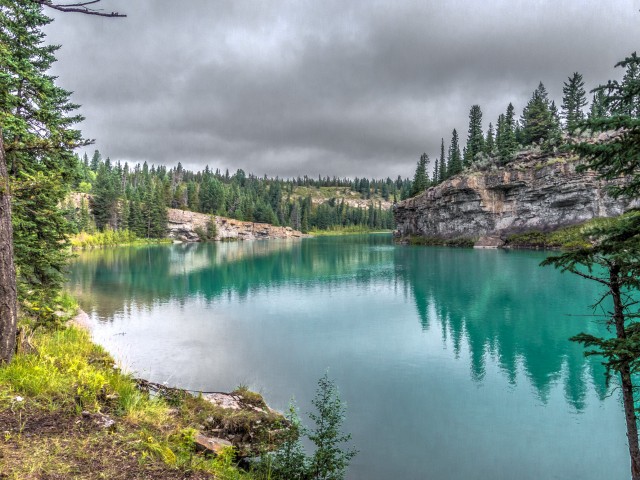
The placid Bow River upstream from the Horseshoe Dam.
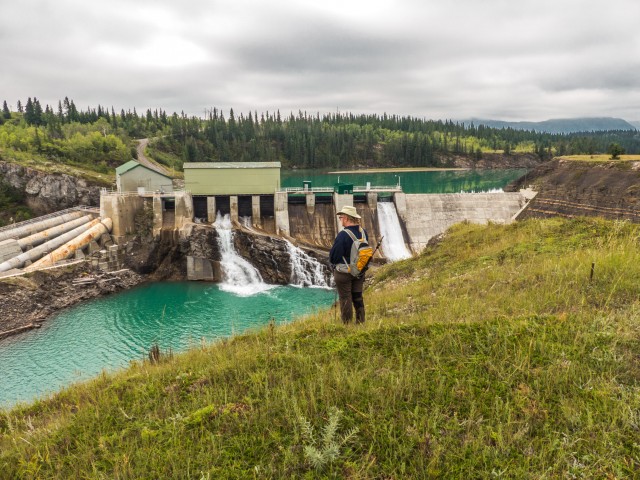
This was the first sizable hydroelectric facility in Alberta.
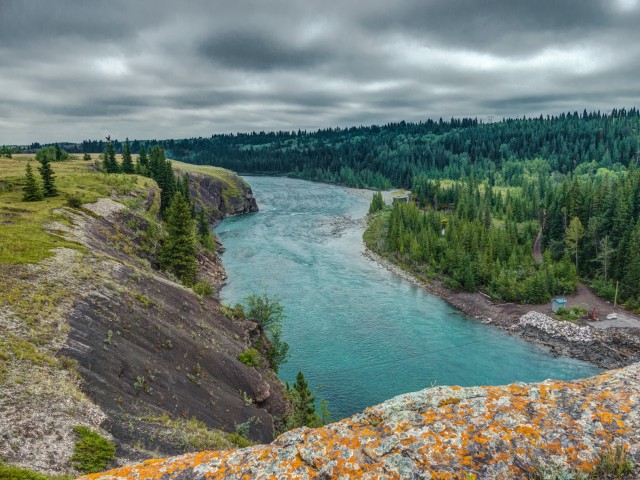
The view east (downstream).
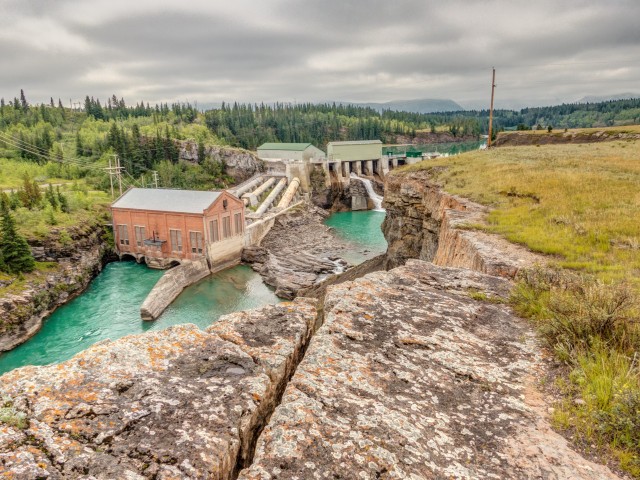
The dam is just over a century old.
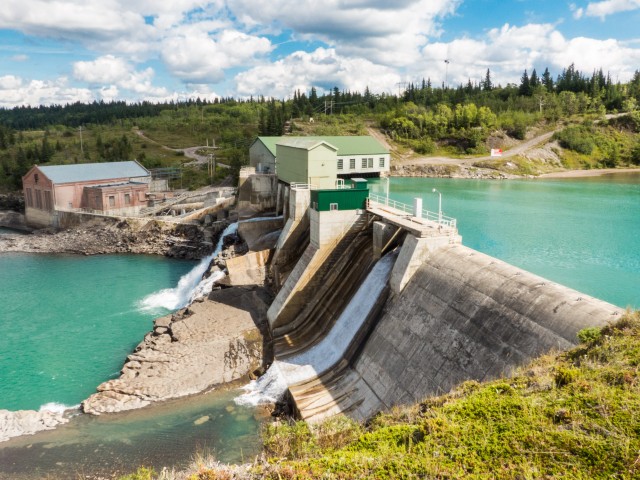
To see the structure requires a good hike in.
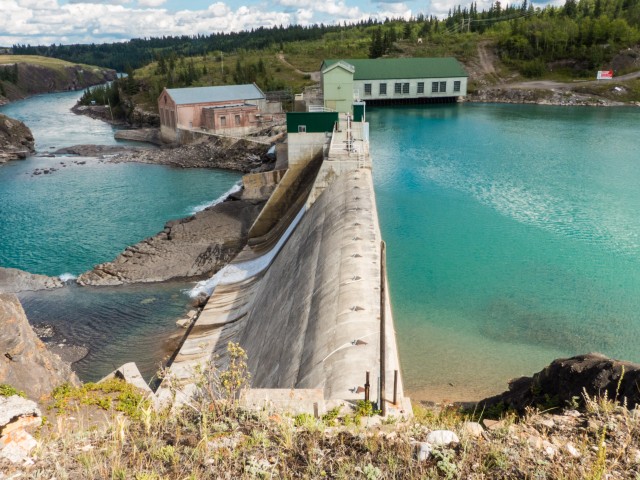
This was the location of Horseshoe Falls.
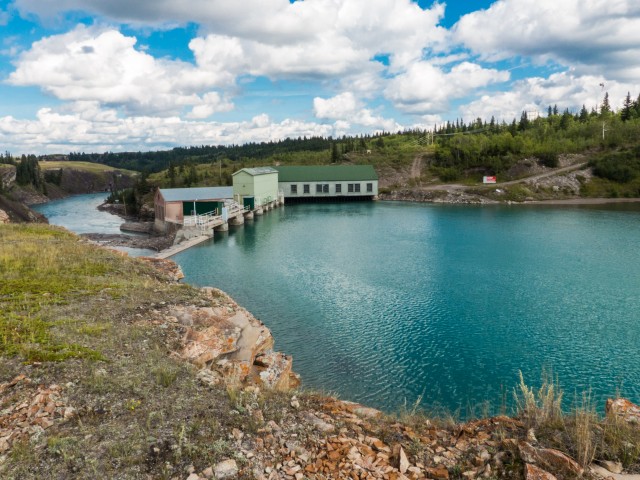
The river here is such a stunning colour.
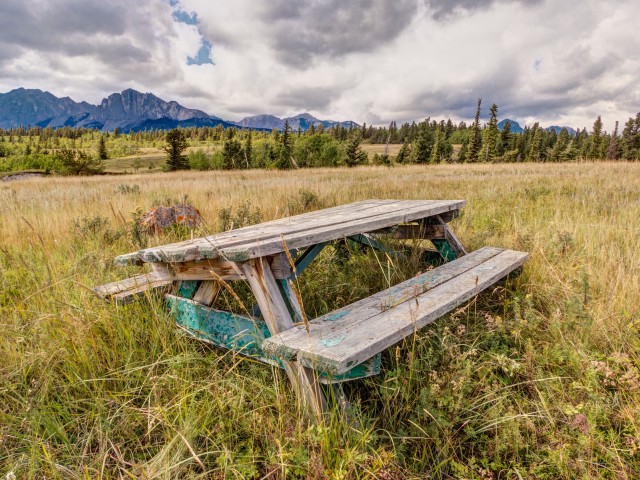
This picnic table has seen better days.

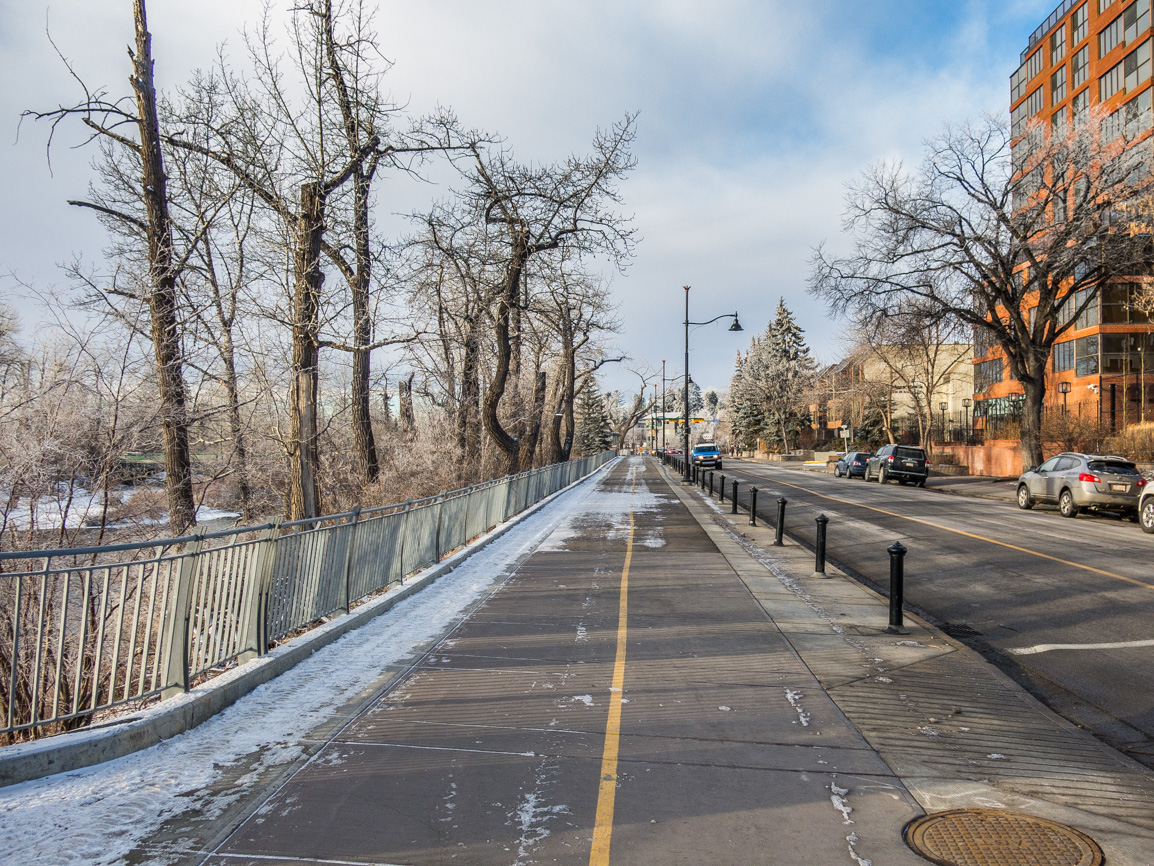
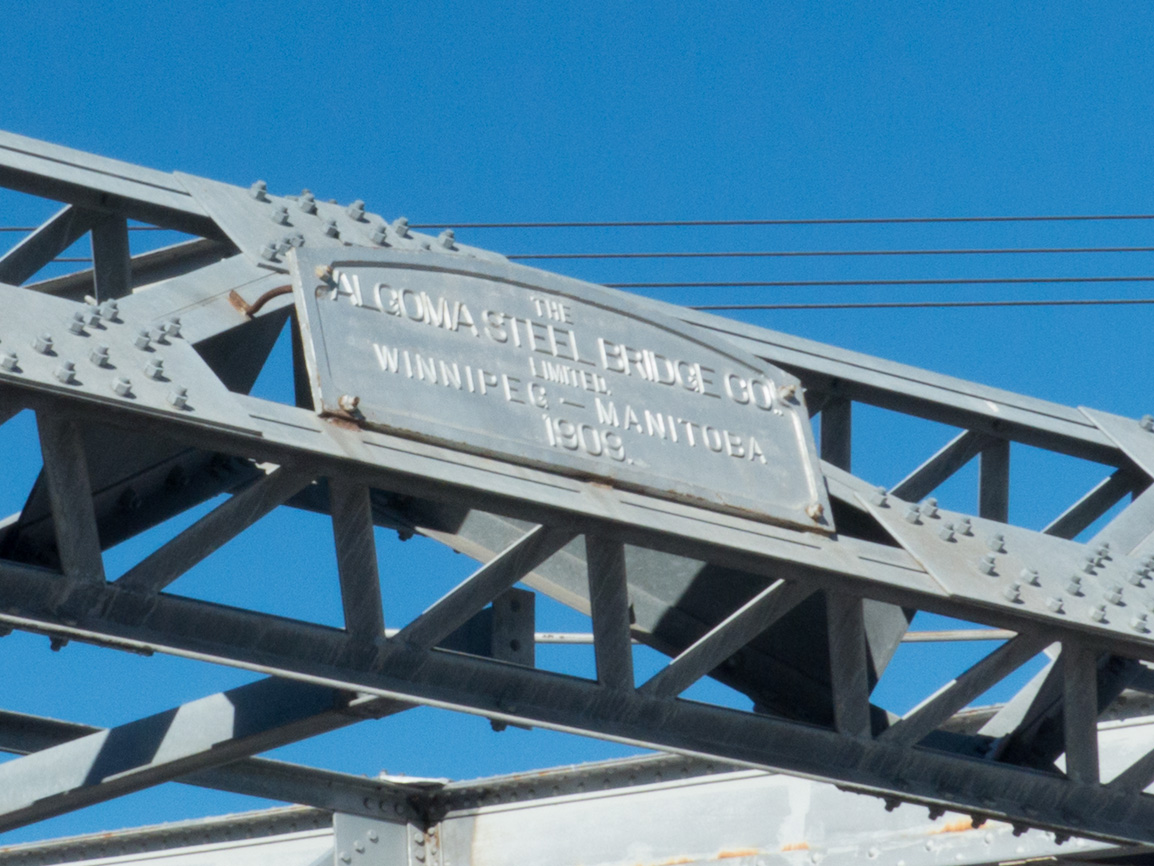
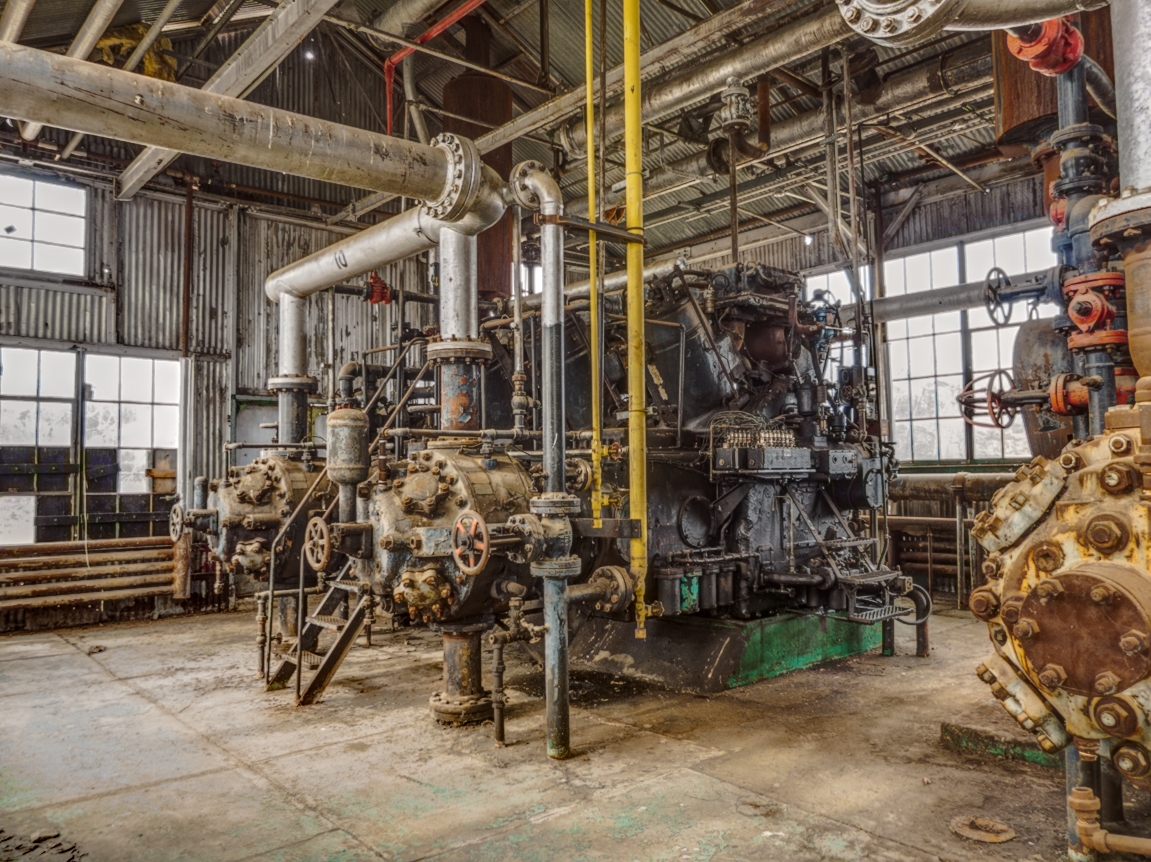
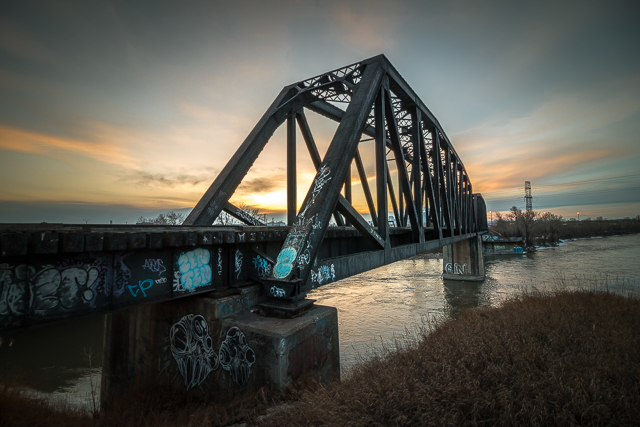
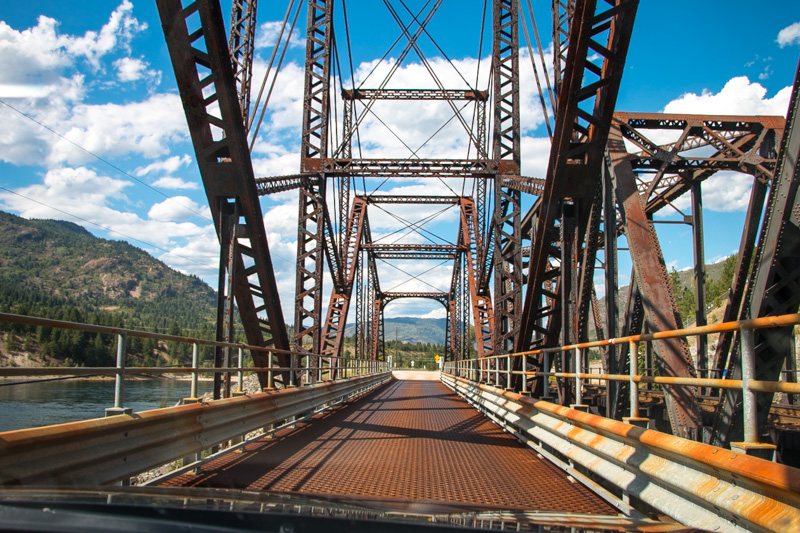
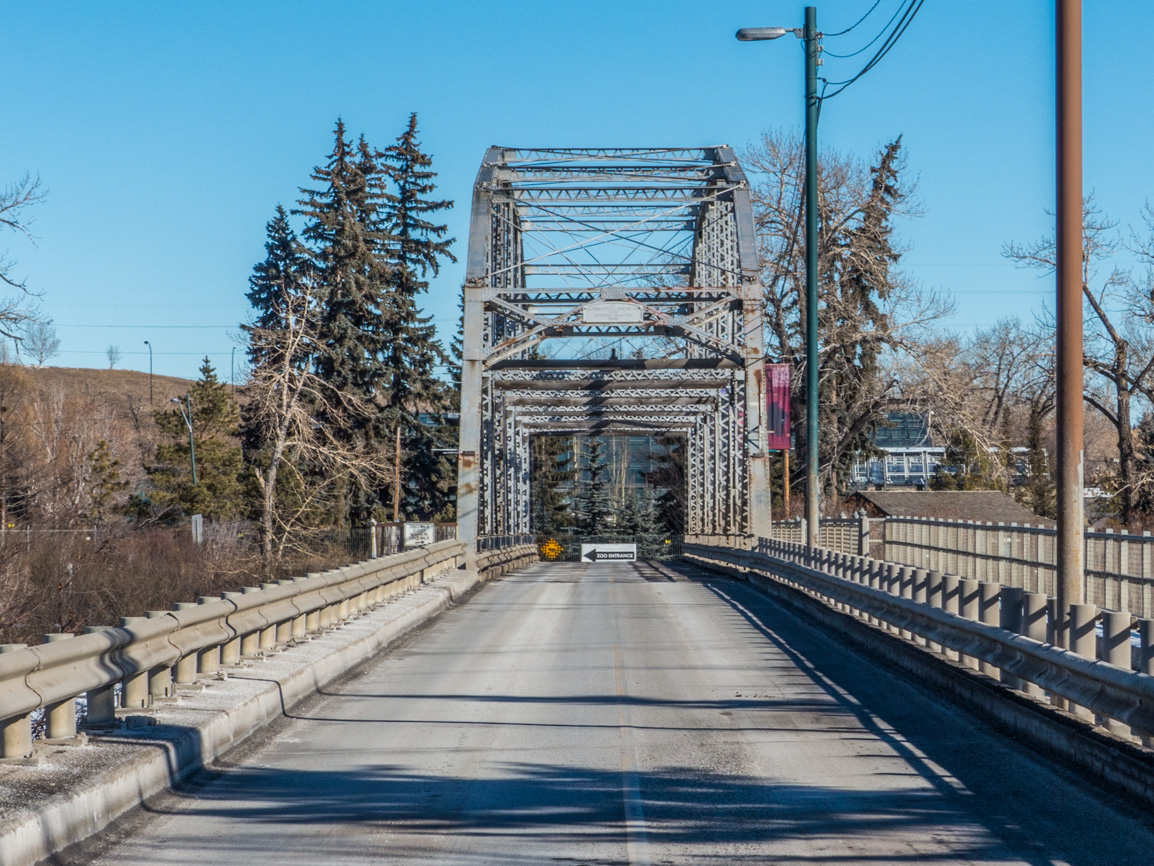
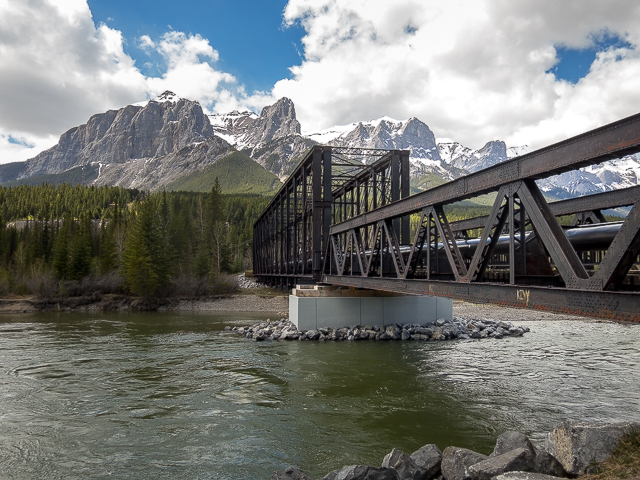
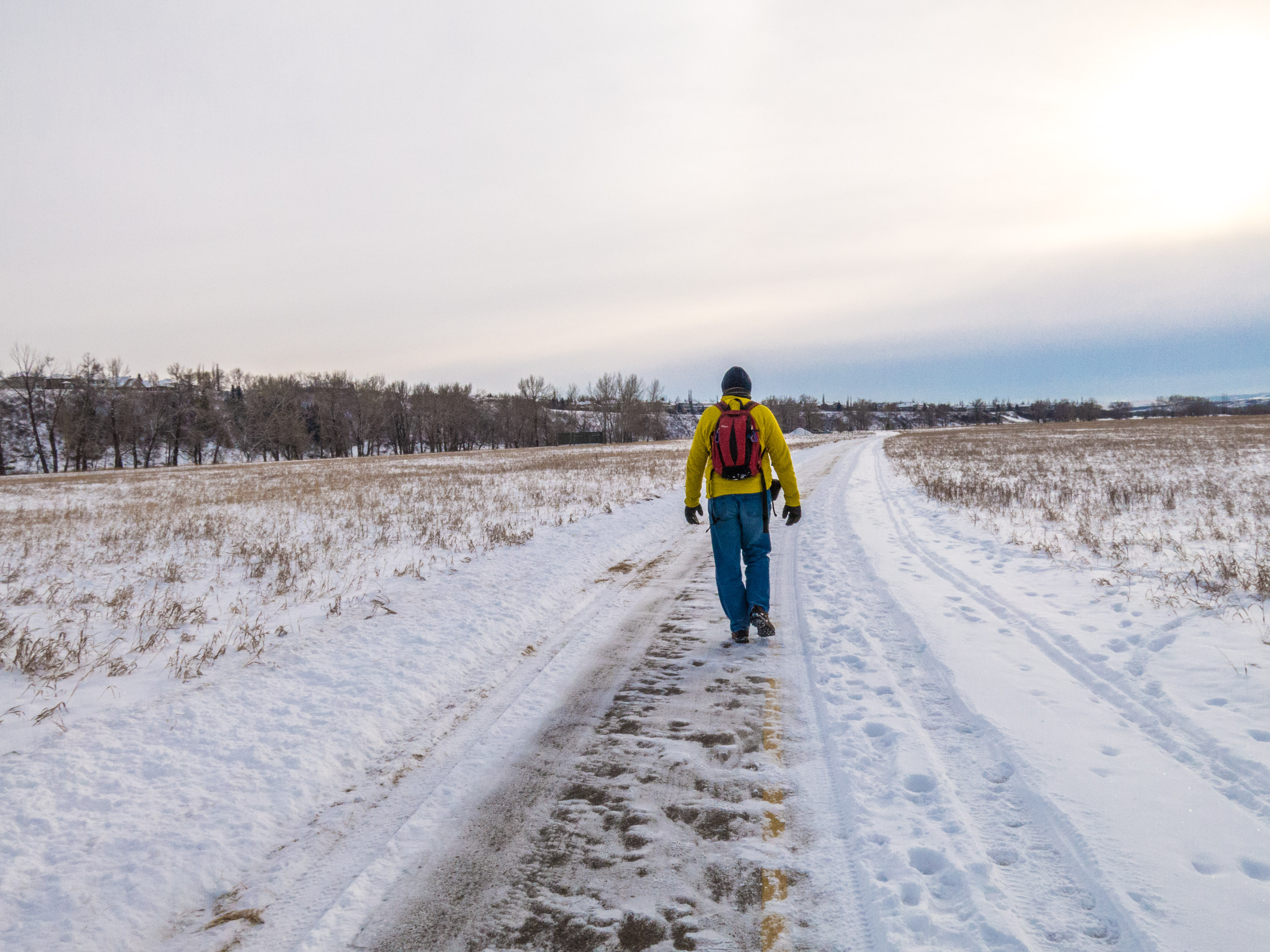
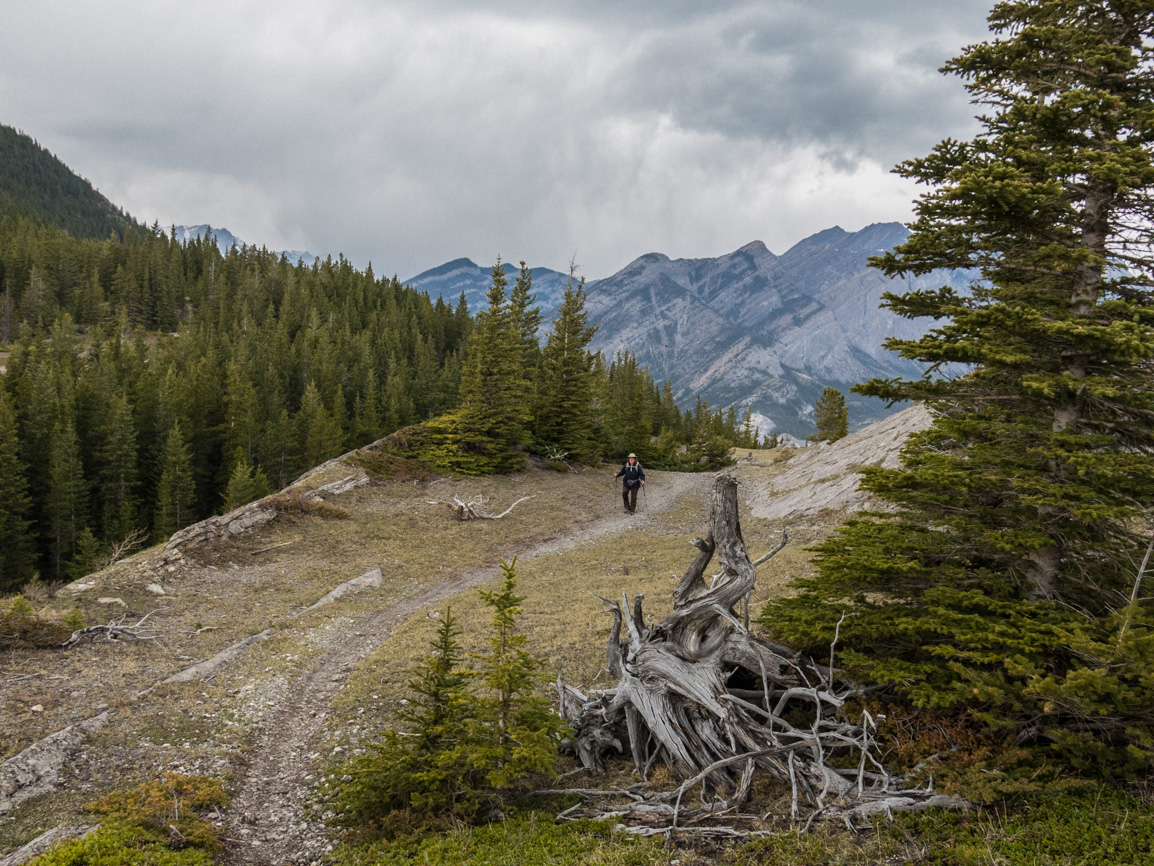
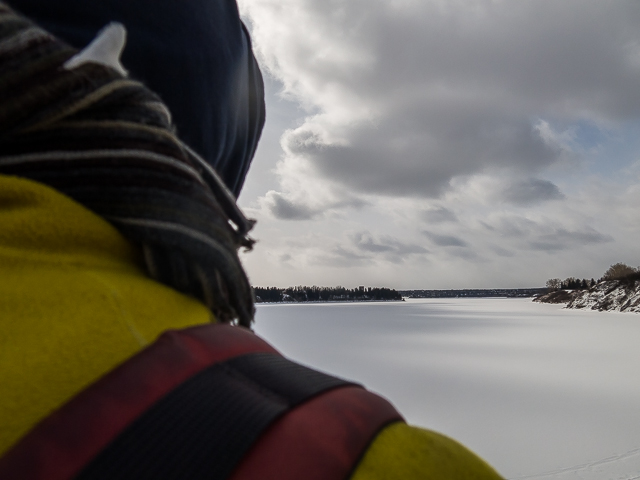
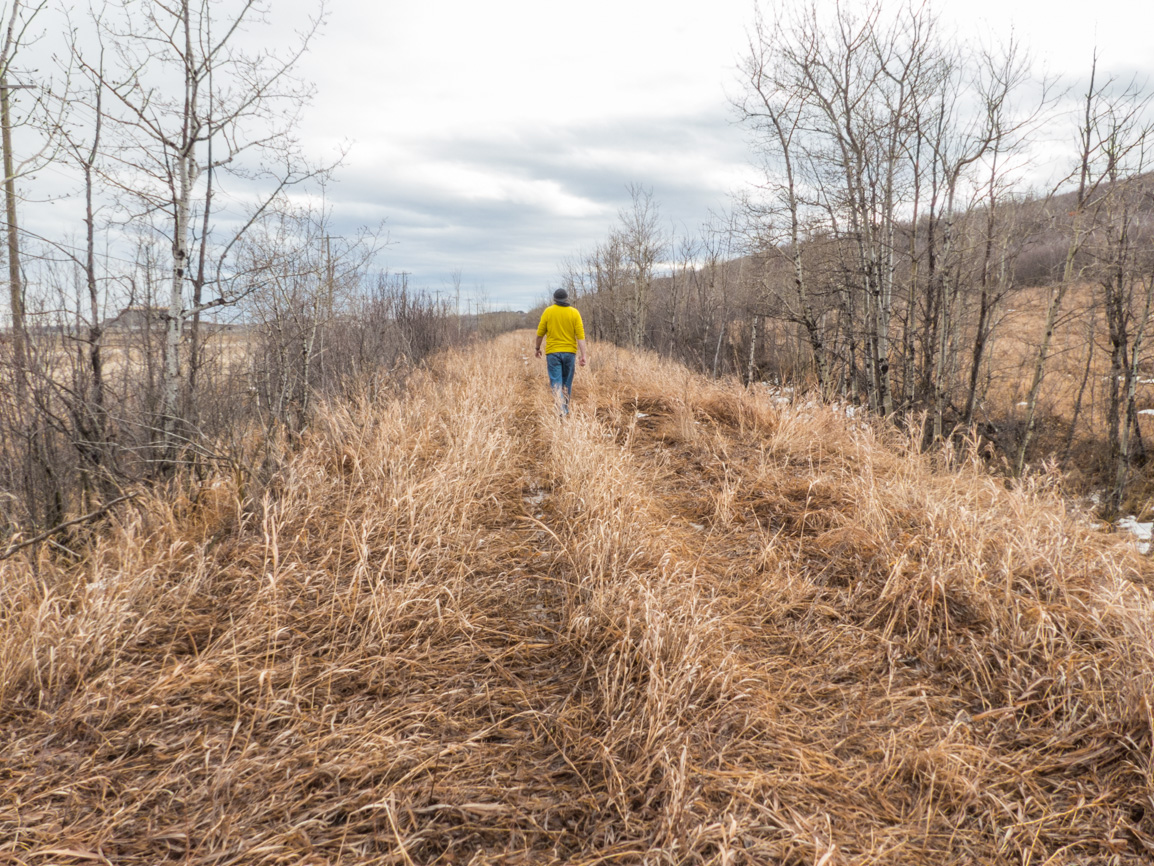
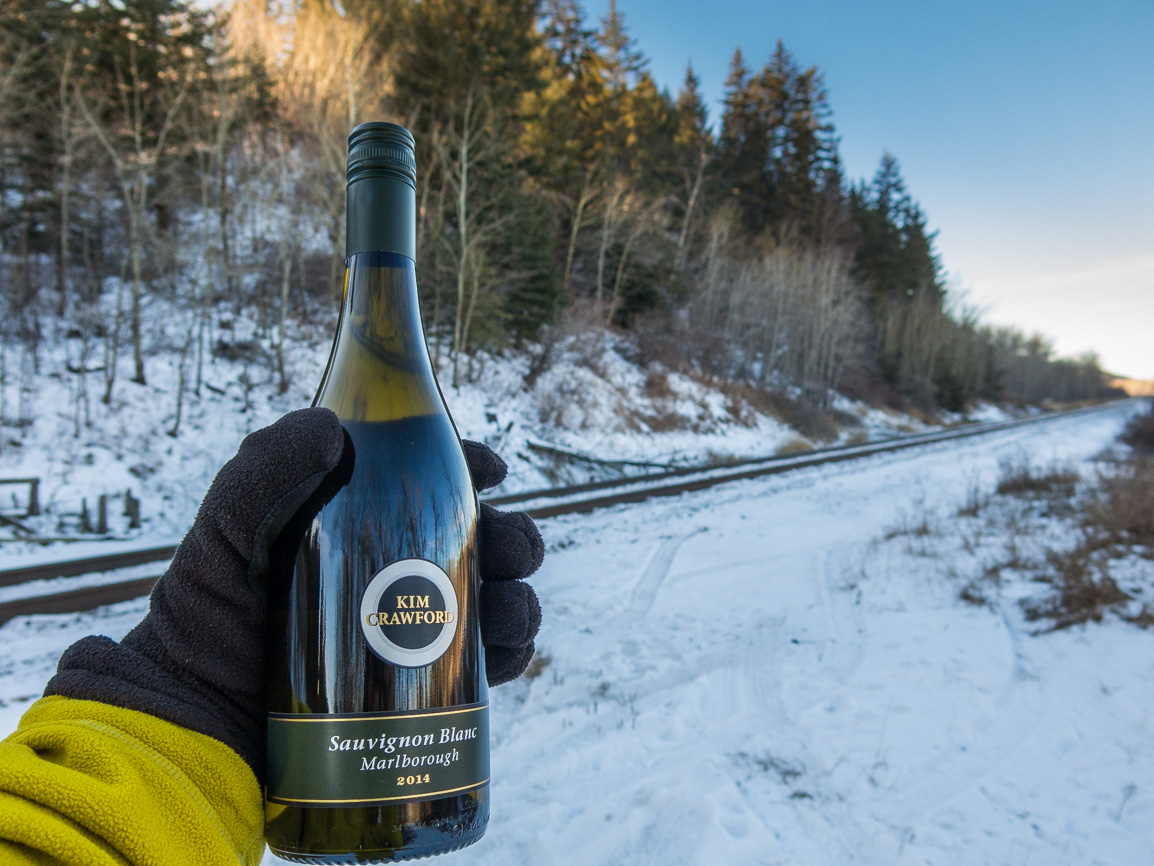
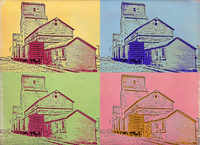






I was brought to this dam 45 years ago by my father. I caught my first fish there. I spent many memorable days catching and releasing fish here. It’s very unfortunate the gates are now locked. I find it very concerning that employees of the plant have made this their private fishing hole and zero access to the public. I know there is a path from the damn, however I’d be trespassing on reserve land to access it, I would never do that.
I’d guess it’s a liability thing. That’s so common today. Taking the path on the other side requires permission if proceeding past the damn, which we had. You definitely don’t want to trespass.
The property between and including Kananaskis and Horseshoe dams is not publicly owned land. The decision to fence and gate (to secure) the area was made by the owner, TransAlta Utilities – not by their employees. This action may possibly have been mandated by gov’t regulation, but most certainly would have been recommended by T.A.U.’s legal division anyway, not only to protect the power plants and other building(s) from theft/vandalism (there are no residents of Seebe there to discourage or bear witness to hostile intruders, any more), but to protect the public… yes, as liability protection!… if from nothing other than the cliff jumping that resulted so many deaths, there.
It is admirable that you would never trespass on reserve land; how can you seem so resentful that you may no longer freely trespass on someone else’s property? The now- gated property of (the late, great community known as) Seebe is not public land.
I also have cherished memories of Seebe, not the best of which were my fishing losses – rather than catching anything, I lost a few lures! – but I also lived there, and found losing our entire community pretty ‘unfortunate’, too! Perhaps we should both count ourselves lucky that we ever got to experience such memorable days in such an amazing location.
(and thanks to this website for sharing images and some of the history of this area!)
Sorry for the delay in responding (some health issues – nothing serious) – thanks for posting.
Very nice post. Though it was some ago for you, I’m wondering if you would be willing to share how you obtained permission from the Reserve. I would like to walk the ridge but I would like to do so respectfully and legally. Thank you for any help you can provide me with.
Glad you like it. Word on the street is they’re not allowing anyone in anymore. Sorry.
Thanks for posting this!
You are most welcome. Come back often!
Another movie shot in the area was Little Big Man.
Yes, yes, that one! Might have to find a copy to watch now…
Great photos, interesting history!
Thanks, it’s a place that so few see. Appreciate you stopping by our little corner of the world.
So just to be sure I have this straight — you drive to Seebe, find a trail along the north bank of the river and follow it until you reach the Horseshoe Dam? Is it fairly obvious where to go? How far is the hike?
Thanks for the awesome article and photos.
You’ve got it. Finding the trail is easy. It’s obvious and stays pretty close to the river the whole time. It’s perhaps 4km each way.
Do you know how they blocked out all the water while they were building the dam? They had to be no water, when they poured the concrete, right?
I don’t know specifically here, but often a temporary coffer dam was placed upstream to keep out the water, or a diversion channel of some kind built.
On Kananaskies public safety Facebook page there was a video earlier in the year showing the work preformed by the pubic safety team, also a view of the horseshoe dam during the flood of 2013, you can see the bow flowing over the dam, looks like a big waterfall.
Wow, that the dam at flood must have been a site to see.
Very beautiful!!
It’s such a nice setting.
wow! the water looks gorgeous
This stretch of water is such an amazing colour.